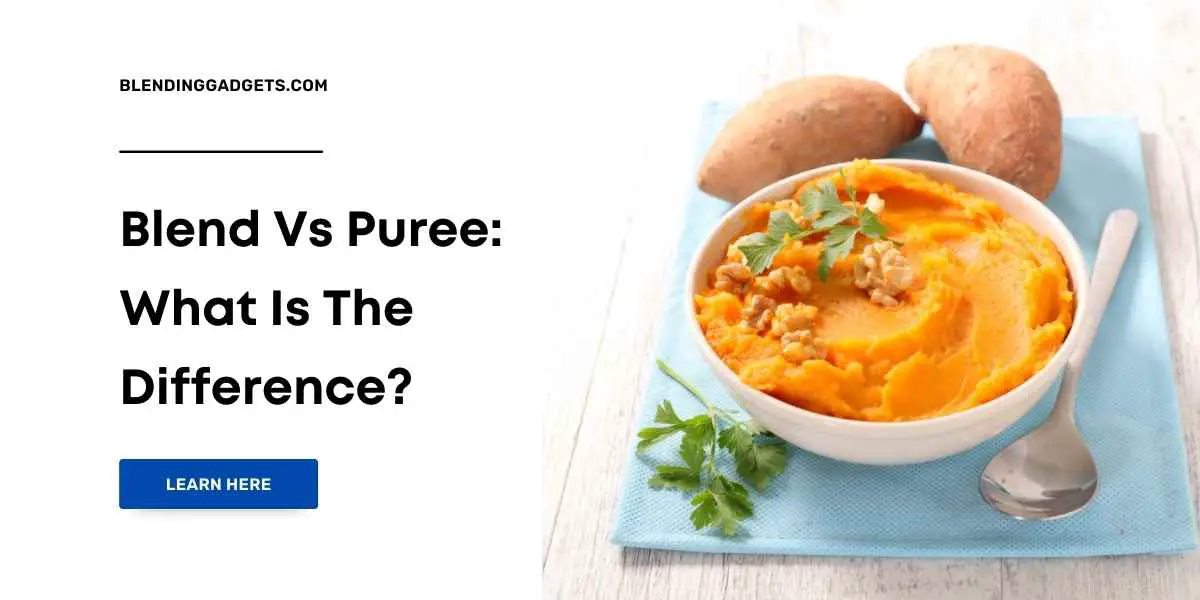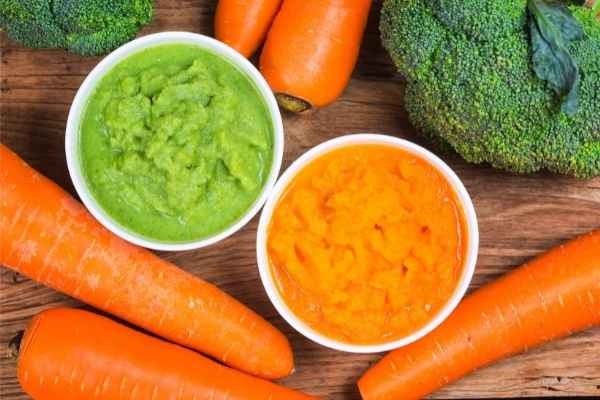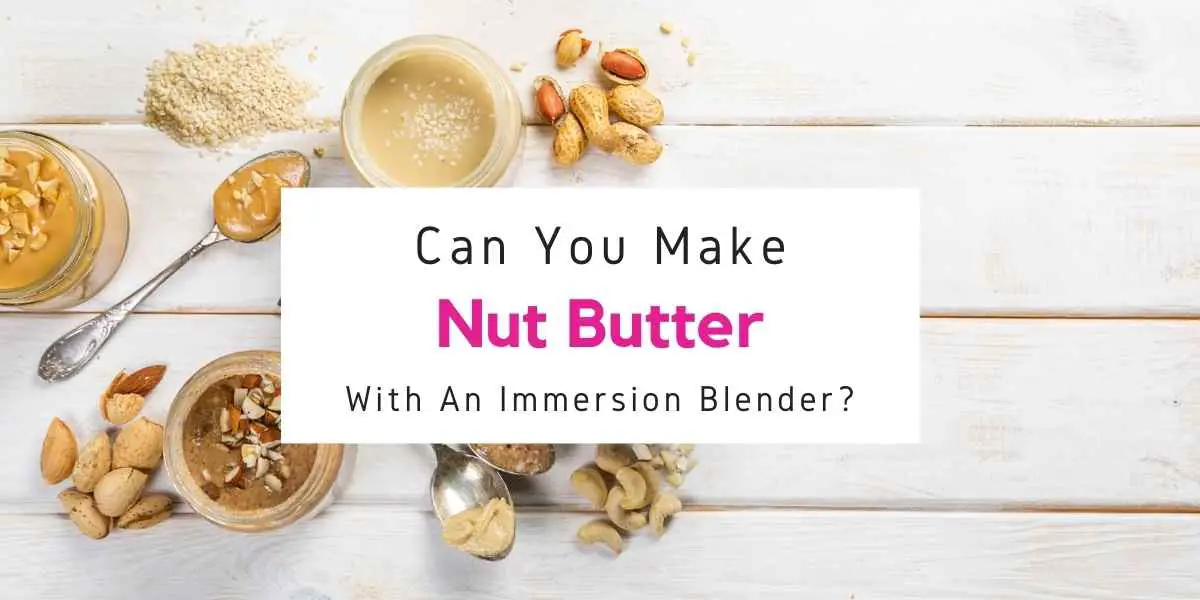Blending is a great way of making soups, sauces and other dishes.
But what about pureeing? What is the difference between blending and pureeing? And which should you choose for your dish?
In this article we break down the differences between blend vs puree to help you decide which one will work best for your dish.

Blending Definition

blen·der
verb [no obj] : to mix or beat together different things.
Blended Definition blend \blent\ past tense of blend.
adjective : melted smoothly together, especially so that no lumps are left.
Blending is a mixing action. When you use the blender to mash your ingredients, it’s blending them by cutting them up and smushing them all together.
Puree Definition

puree \pyoorē\ verb [ with obj. ] : to make (something) into a smooth liquid by crushing and straining or whirling in a blender.
Puree Definition puree \pyoorē\ verb : crush, grind, or pound (food) into a soft smooth paste.
For most cooks and chefs out there, we can agree that we all know what pureeing is but sometimes it’s not as clear on the difference between pureeing and blending .
Is Puree The Same As Blending?
In the simplest terms, pureeing is a subset of blending because it creates smoother blends than just a standard blending. Meaning, if you were to do the exact same thing with both methods (blending and pureeing), then yes, they would create identical results.
So why does it matter? What is the difference between pureeing and blending if they would both create the same product?
The Difference Between Blends And Purees
When making soups, sauces or other dishes that you would commonly want smooth and blended, what matters is how much texture there is.
A standard blending will give more of a coarse blend while pureeing leaves less to no chunks behind. So ultimately, what it comes down to is the desired outcome for your dish.
What kind of texture do you want in your soup? Chunky? Smooth? Somewhere in between? It’s up to you! But here are some ideas on when each one might work best…
- If you’re looking for something chunky – choose a standard blending method using a blender because it won’t leave as much chunks behind.
- If you’re looking for something smooth – pureeing using a blender food processor may be best because it will leave less chunks behind.
- If you want something in-between (or a mix of both) – you can try using a standard blender for half and using the processor/food mill for the other half. This way you can get some chunkiness without as much texture as a standard blending method would give.
Which Foods Are Pureed And Which Foods Are Blended?
The typical foods that are pureed are soups, baby food and sauces.
The typical foods that are blended are smoothie, milkshakes and sauces.
This is because the ingredients in soup need to be cooled before eating while smoothie can be served right away.
Baby food needs to be cooled (and usually requires a sterilizing process) while drinks can simply go straight into serving cups after blending.
How To Puree Vs Blend In A Blender
Blending: To blend, place the ingredients in a tall container and cover. Use an immersion blender or pour into a standard blender (or food processor if you want it to be even smoother). Pulse until blended.
Pureeing: Add the ingredients to your blender/food mill/mixer and press puree until smooth. If needed, add water while blending for desired consistency.
If you aren’t sure which one is best for your dish, just remember that pureed dishes need some cooling time while blended dishes can usually go straight from the stove top into serving bowls.
If you aren’t sure which one would work best for your dish, try experimenting with both methods and compare the results so you’ll find out what works best for different types of dishes!
Choose the best blenders for purees.
Related Posts
Did I Cover All Information About Puree Vs Blend?
Blending and pureeing are two terms that describe a food that has been mashed or crushed into a smooth consistency.
They both have their benefits and drawbacks, but in the end, they perform the same function…sort of!
By understanding the different characteristics between blended soups vs pureed soups , you can come up with a recipe that will best fit your individual tastes.
When it comes to making delicious soups , you need to decide whether you want a chunky texture from vegetables or if you’re looking for something much smoother.
Then try testing out different methods to see which method works best for you!




